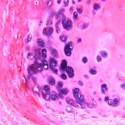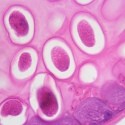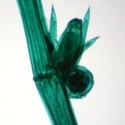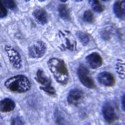No products
Prices are tax excluded
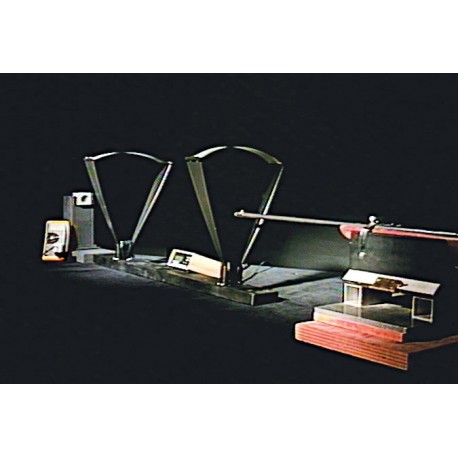 View larger
View larger Physics Demonstrations in Heat, Part 3
New product
Part 3 Covers: Mechanical Equivalent of Heat, Kinetic Model, Cryophorous, Induced Phase Change, Condensation, Pressure and Temperature, Entropy.
In Stock
By buying this product you can collect up to 28 loyalty points. Your cart will total 28 points that can be converted into a voucher of $4.20.
Volume discounts
| Quantity | Discount | You Save |
|---|---|---|
| 2 | 3% | Up to $6.57 |
| 3 | 5% | Up to $16.42 |
30 minutes
Physics Demonstrations in Heat is a three-part video program which presents a full range of demonstrations in thermal properties of matter, mechanisms of heat transfer, and thermodynamics. The program was developed in an effort to give physics teachers a comprehensive collection of video demonstrations, supplementing the instructor’s live classroom demonstrations. Instructors will find the program suitable for high school as well as introductory level college physics classes.
Program Format
Individual demonstrations are 3 to 4 minutes in length and can be quickly accessed using the program's on-screen indexing system. The indexing system allows the teacher to select a particular demonstration and show it at the appropriate time during a unit on thermal energy. The accompanying teacher’s guide gives additional data, information, and suggestions on using the demonstrations to promote further classroom discussion.
Demonstration Selection and Filming Techniques
The selection of demonstrations includes those which are difficult to perform in the classroom and those requiring apparatus not readily accessible to many physics teachers. Detailed observation of the demonstrations is accomplished through use of a filming approach which focuses solely on the apparatus, allowing the teacher to utilize the program in a way which is consistent with his or her personal instructional approach. The voice over narration eliminates the on-screen presenter and allows attention to be directed to the physical behaviour being studied.
Contents of Part 3:
Mechanical Equivalent of Heat: Bullet Fired into a Lead Mass
Kinetic Model: Temperature Effects on Gases
Induced Phase Change: Liquid to Solid Transition of N2
Cryophorous: Cooling by Evaporation
Induced Phase Change: Boiling by Cooling
Condensation: Formation of a Cloud
Pressure and Temperature: Piston in a Cylinder
Entropy: Time Reversal/Mixing of a Dye

